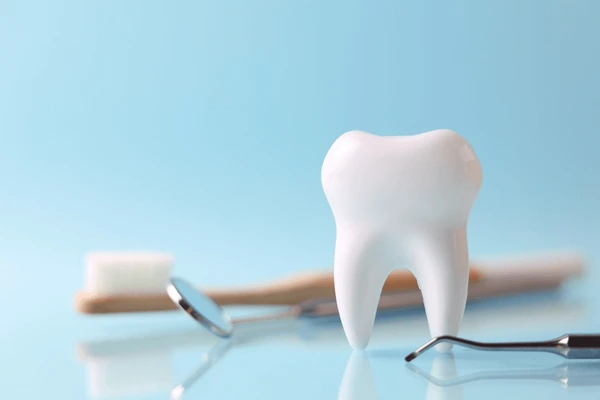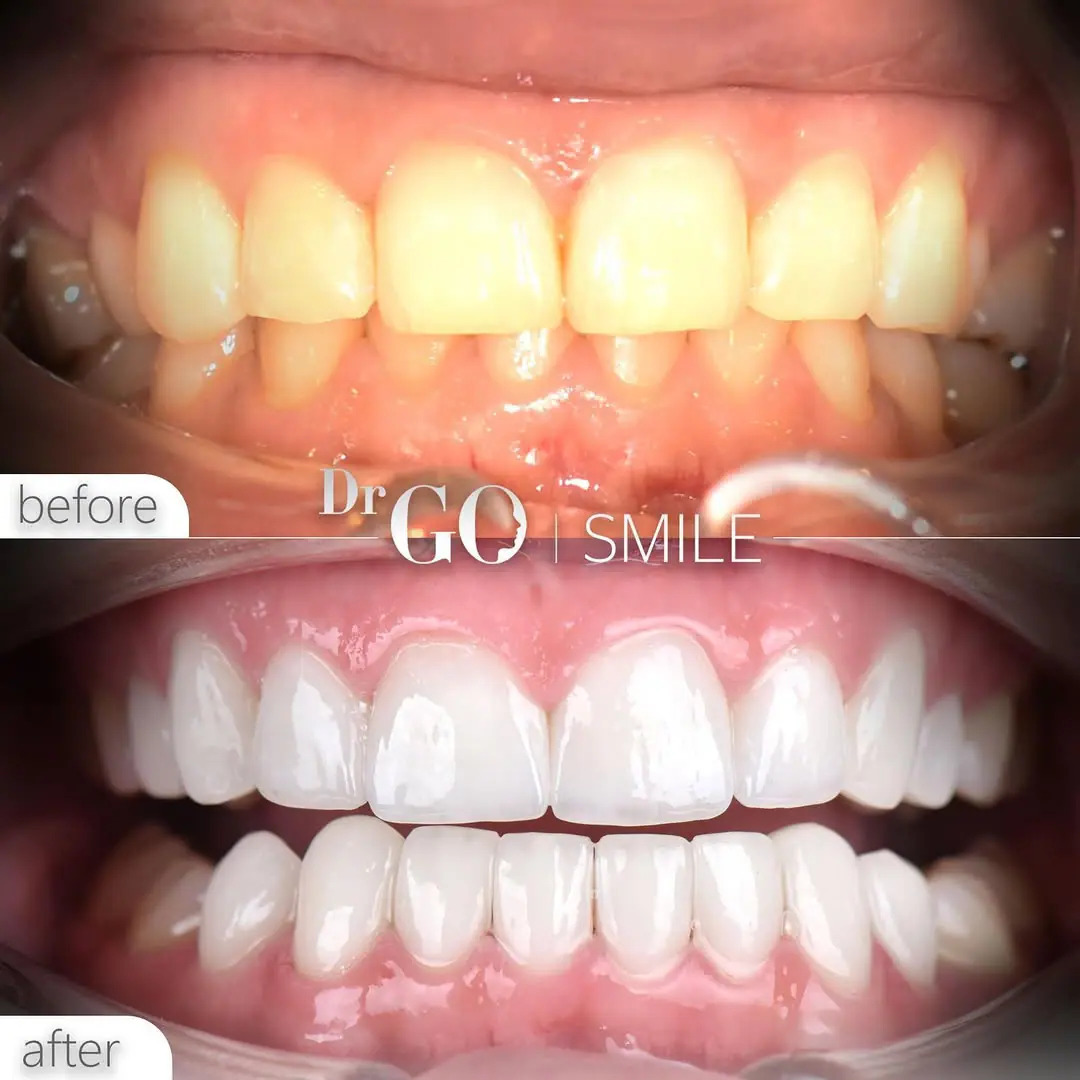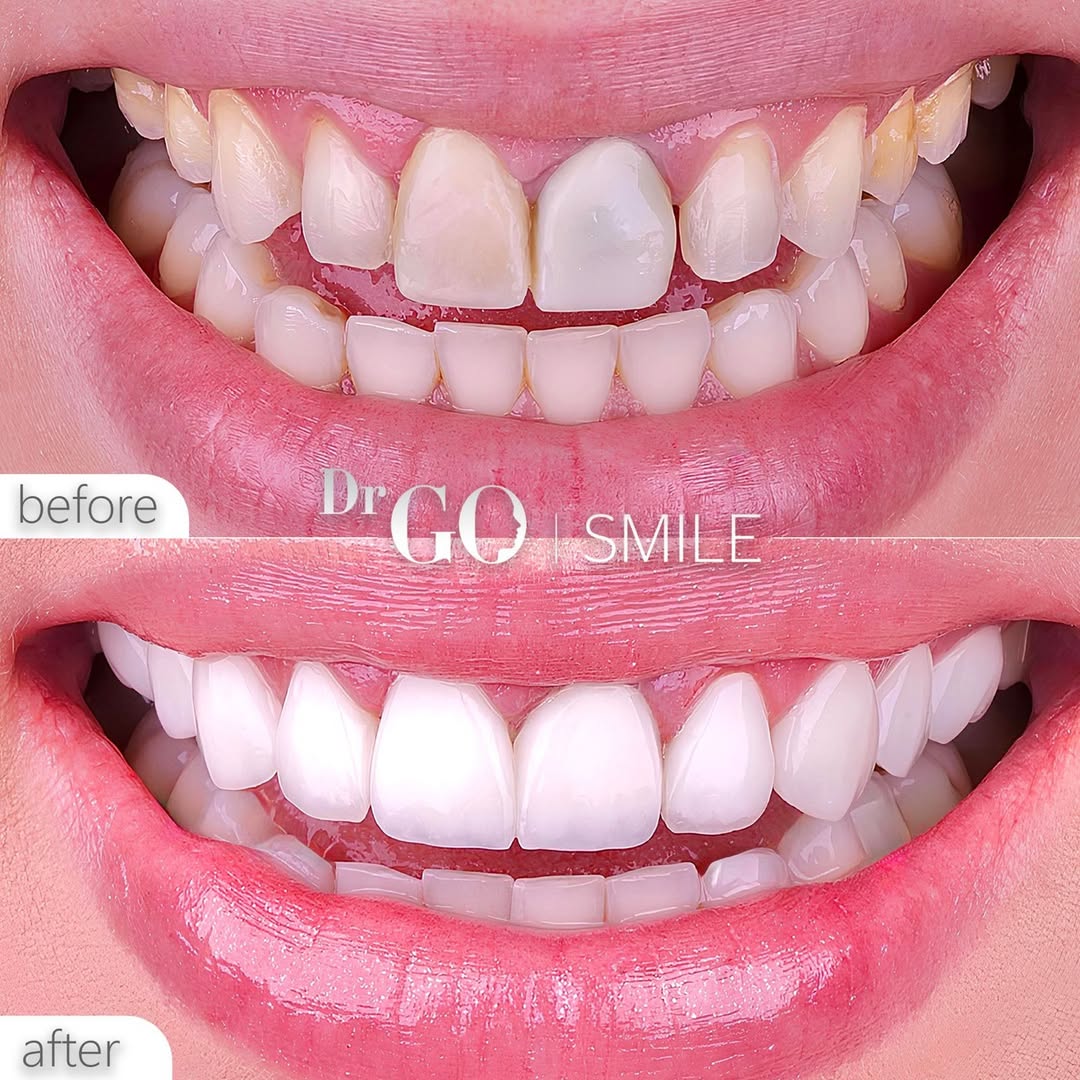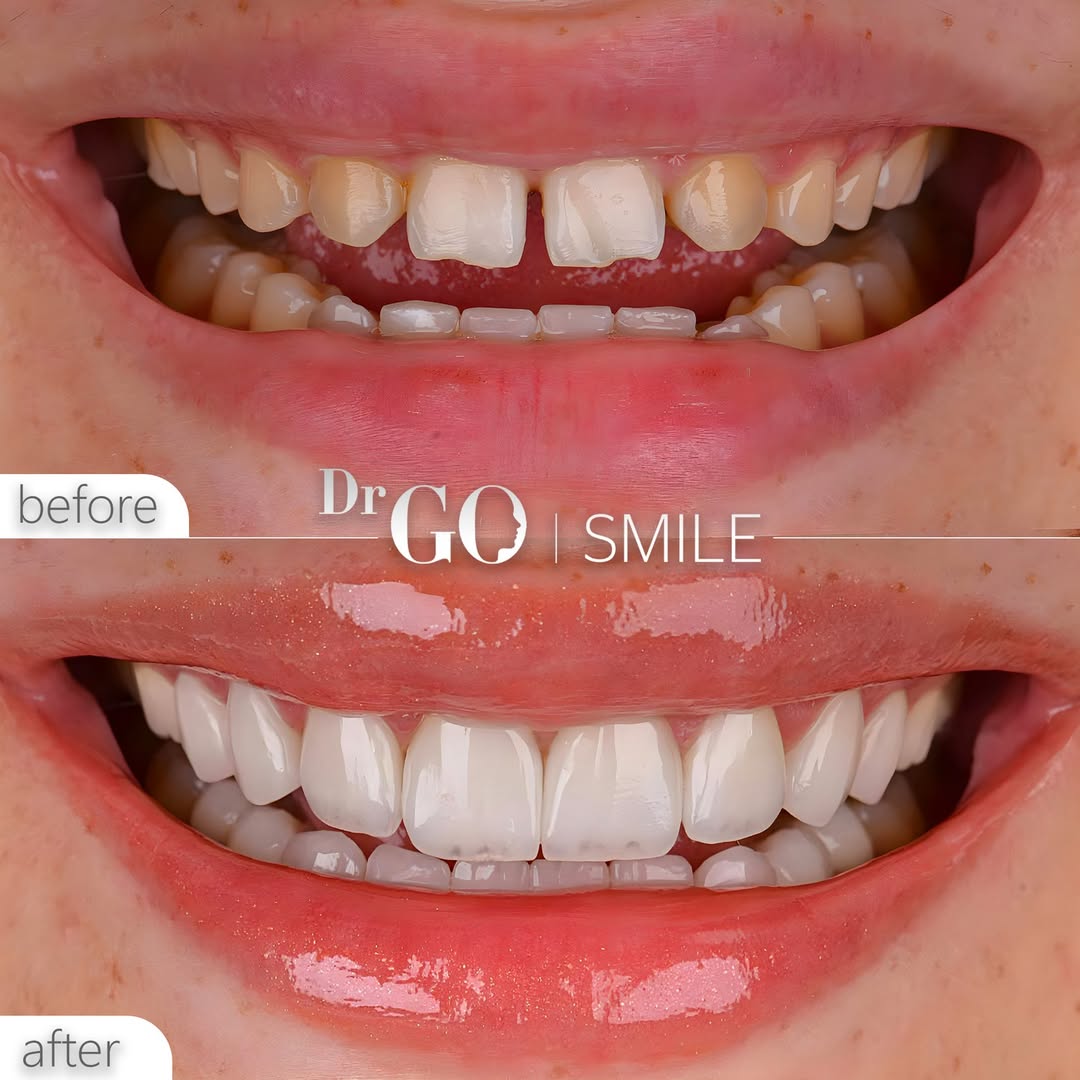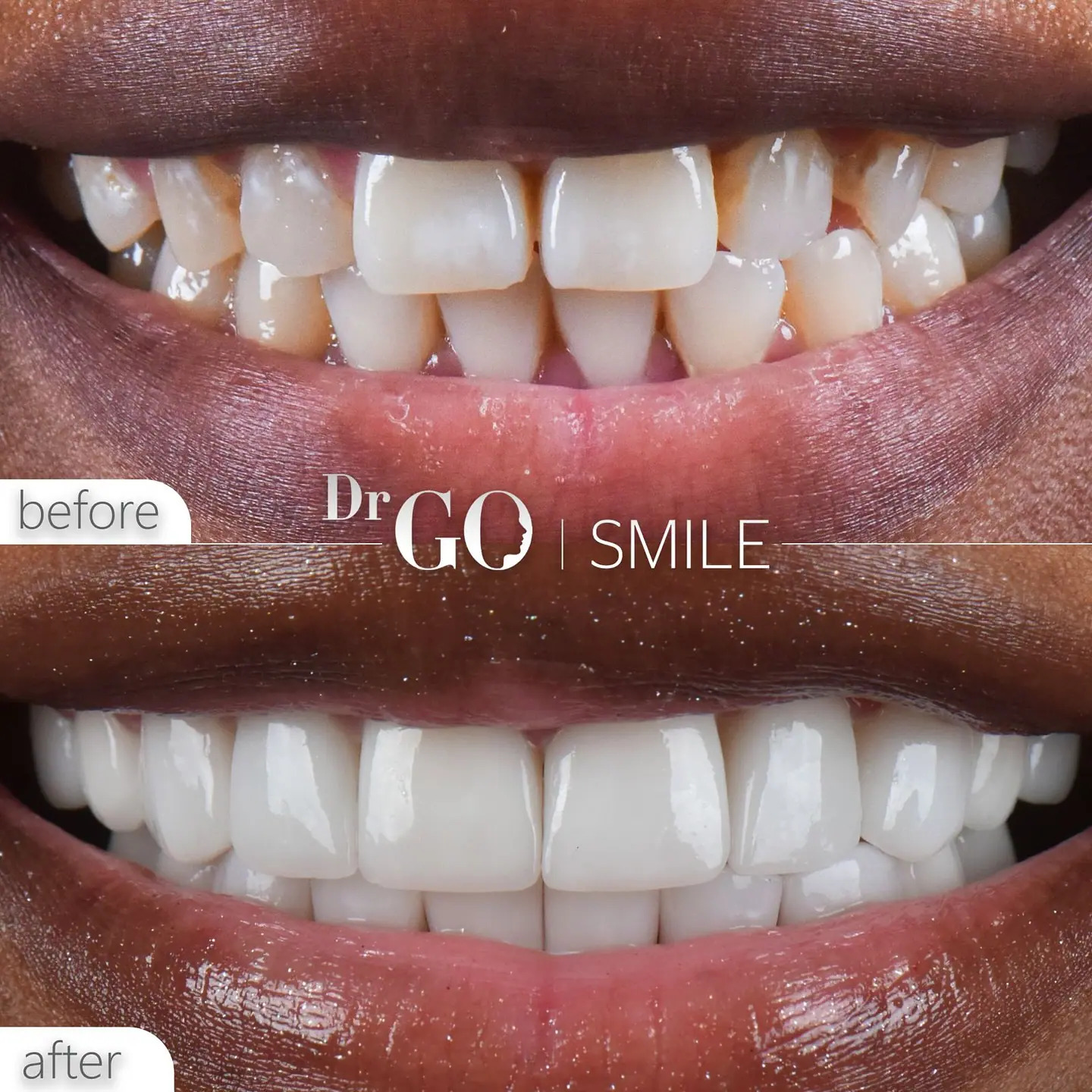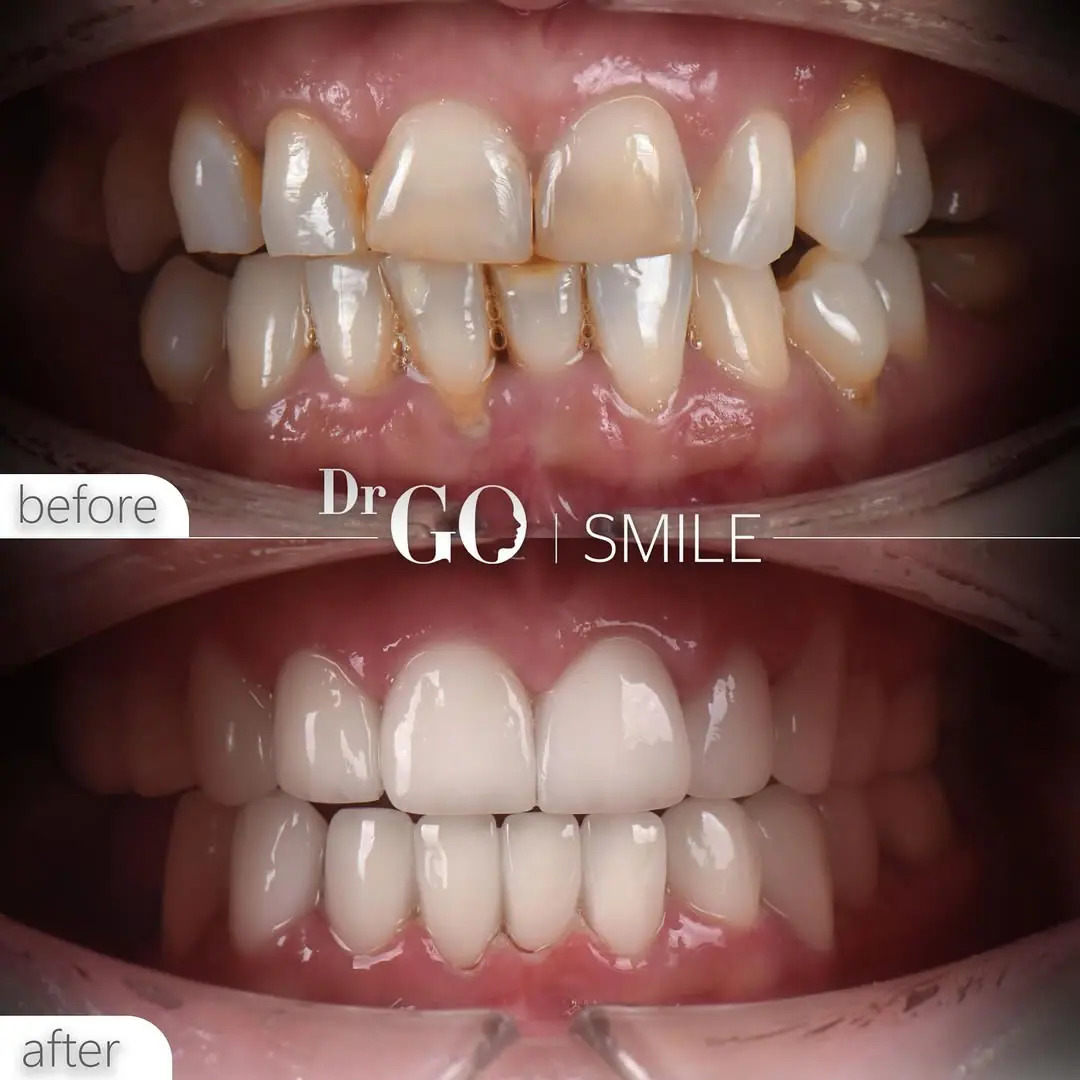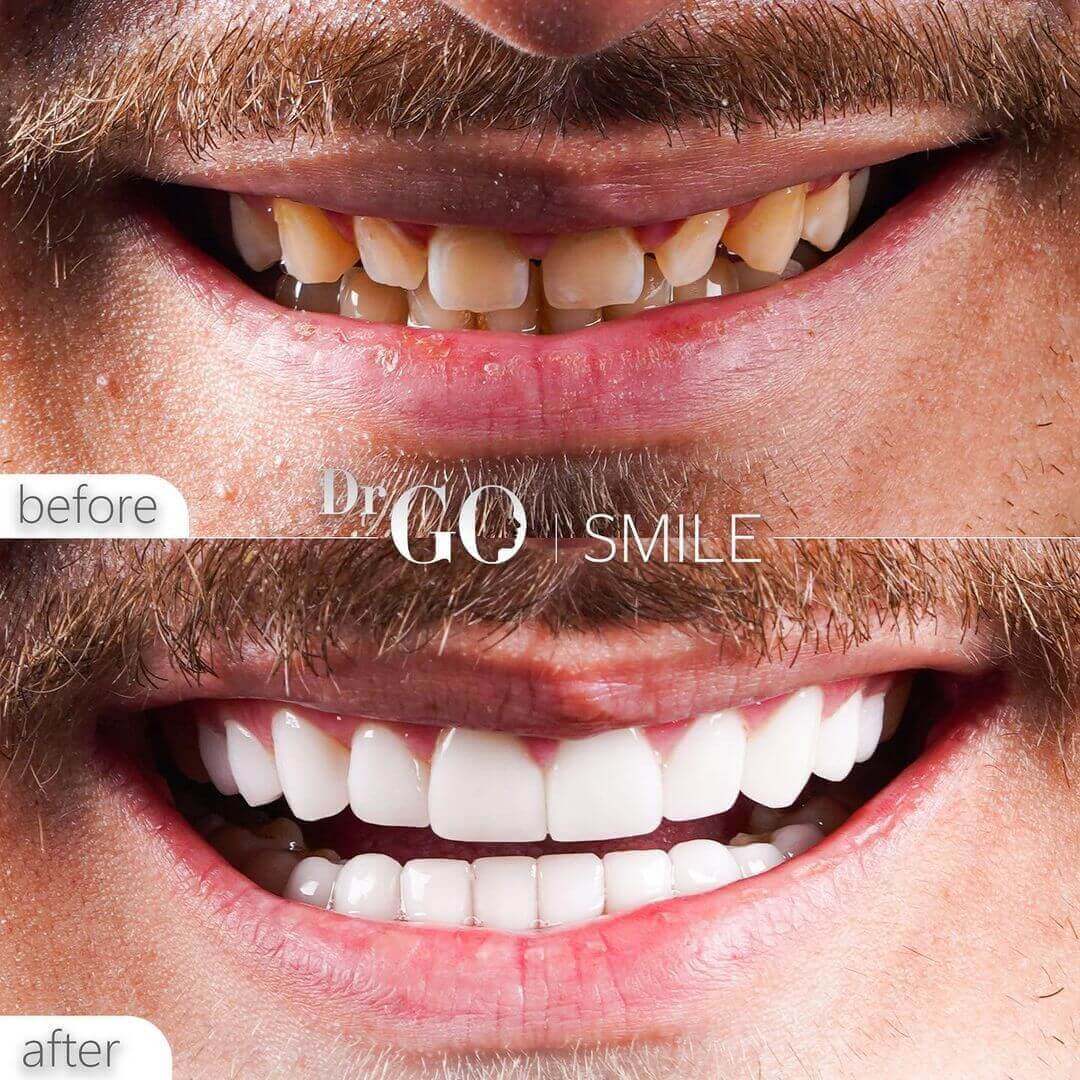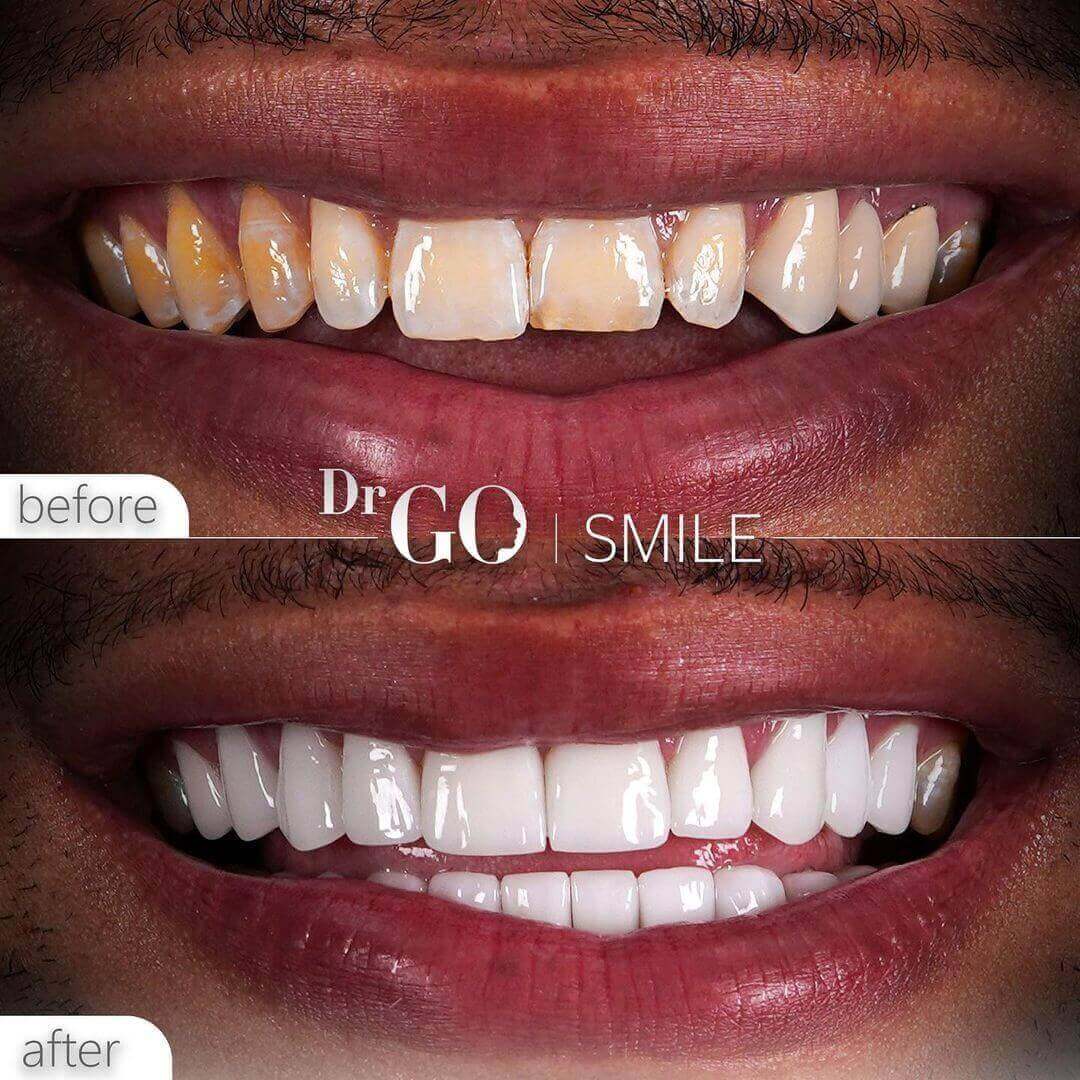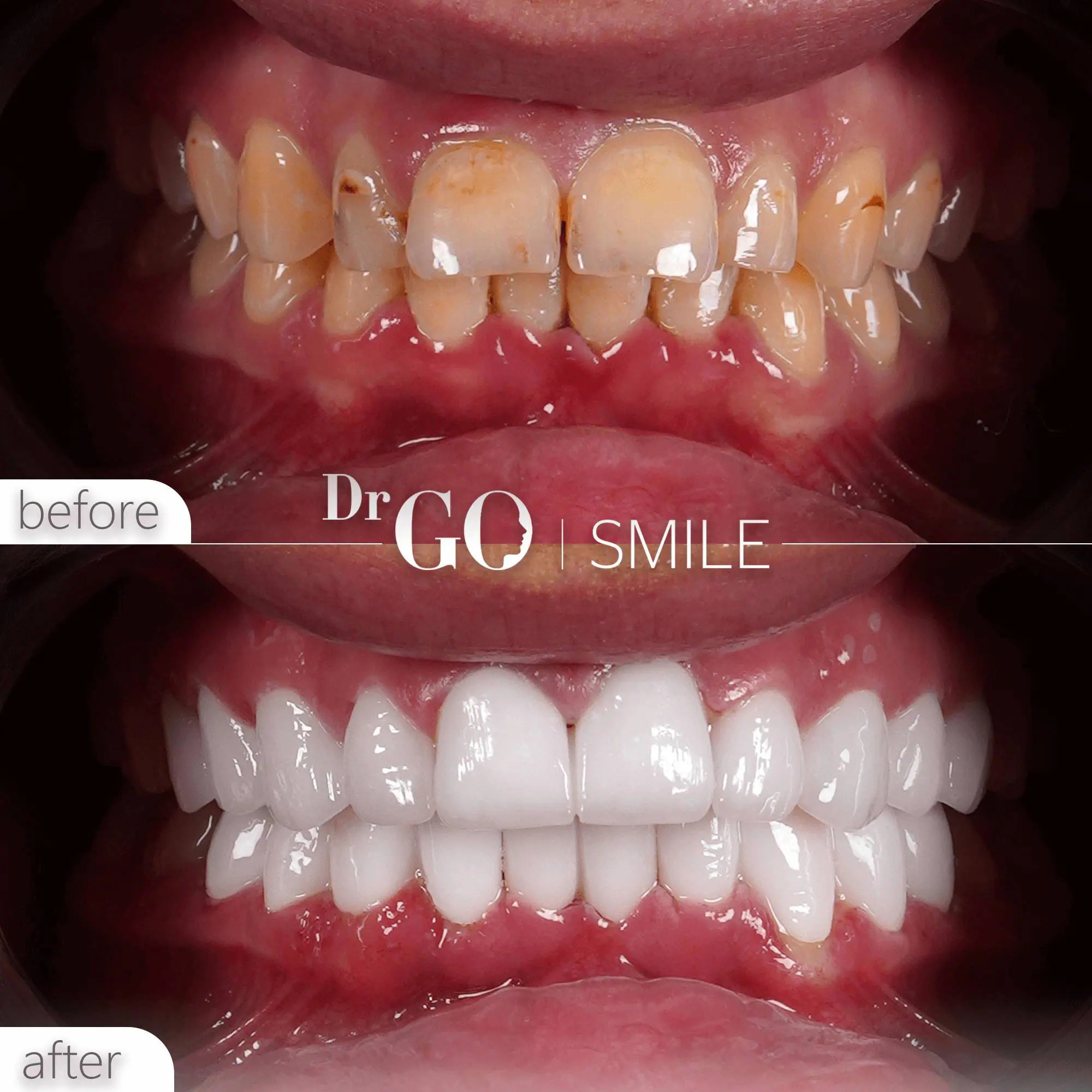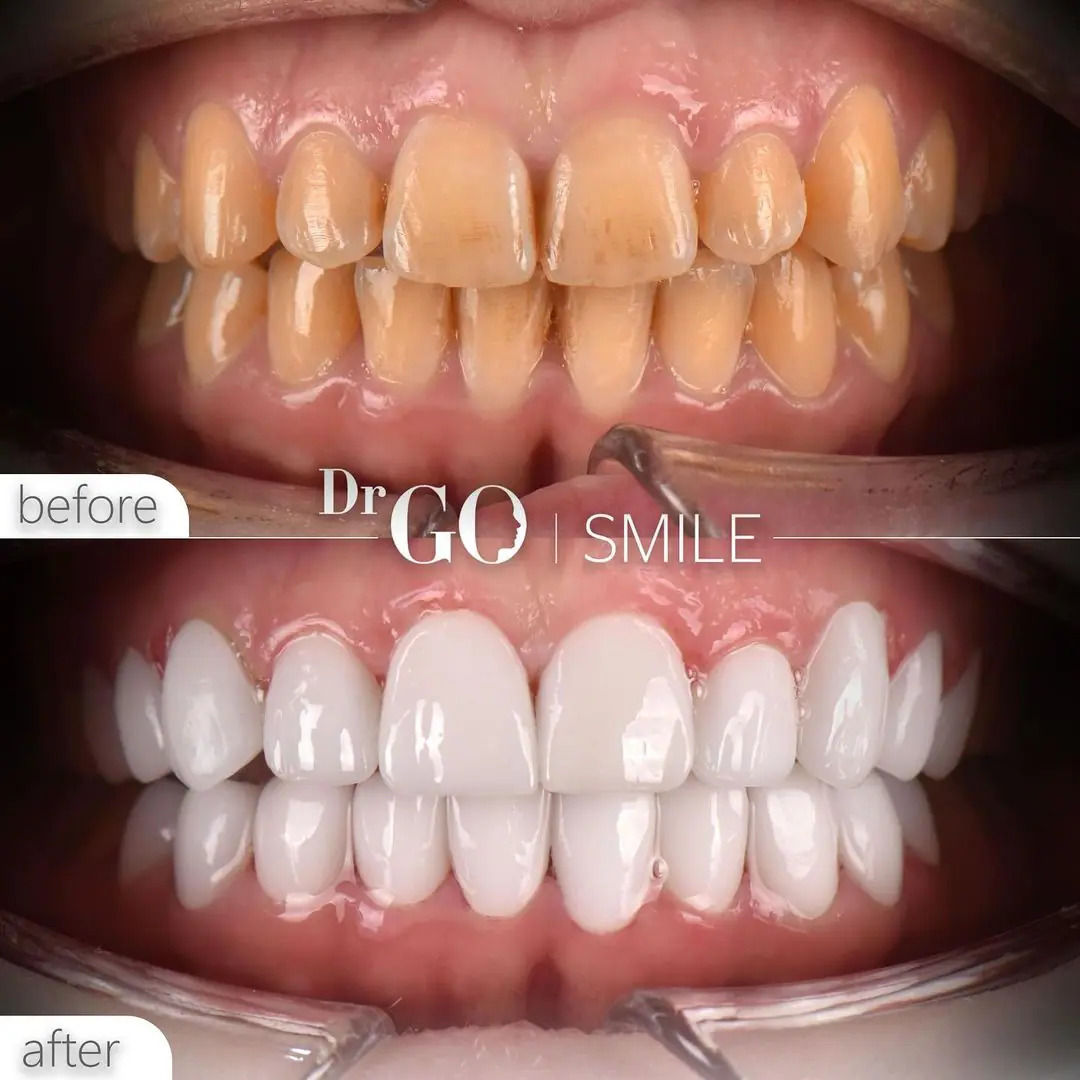Preventive dentistry is an essential aspect of maintaining optimal oral health and preventing dental diseases. As a dental professional, I often emphasize that preventive care not only saves patients from the discomfort and costs associated with dental treatments but also significantly contributes to their overall health. This article explores various preventive techniques and their long-term benefits.
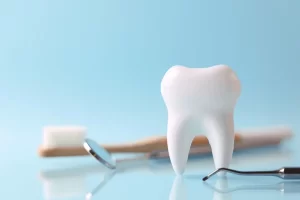
Understanding Preventive Dentistry
Preventive dentistry involves practices that aim to maintain oral health and prevent the onset of dental issues. These practices include regular dental check-ups, cleanings, patient education, and specific treatments like fluoride application and dental sealants. The goal is to detect problems early and provide education to empower patients to take control of their oral health.
Regular Dental Check-Ups
One of the cornerstones of preventive dentistry is the regular dental check-up, typically recommended every six months. During these visits, dental professionals can identify potential issues such as cavities, gum disease, and oral cancer before they become more serious. Early detection not only enhances treatment outcomes but also reduces the need for more extensive procedures later on. Research shows that regular visits can decrease the risk of tooth decay significantly.
Professional Cleanings
During check-ups, professional cleanings are performed to remove plaque and tartar that regular brushing and flossing may miss. This cleaning is vital as plaque buildup can lead to gingivitis and periodontitis if left untreated. Individuals who receive regular professional cleanings experience significantly lower rates of periodontal disease.
Fluoride Treatments
Fluoride treatments are another critical component of preventive dentistry. Fluoride strengthens tooth enamel, making it more resistant to decay. Many dental professionals recommend fluoride varnish for children and adults at higher risk for cavities, especially in areas where water fluoridation is insufficient. This simple treatment can greatly reduce cavities.
Dental Sealants
Dental sealants are a protective coating applied to the chewing surfaces of back teeth (molars) to prevent decay. Sealants are particularly beneficial for children, as they can provide an extra layer of protection during the cavity-prone years. Studies indicate that sealants can dramatically reduce the risk of cavities in molars.
Patient Education
Educating patients about proper oral hygiene practices is a vital aspect of preventive dentistry. This includes guidance on effective brushing and flossing techniques, the importance of a balanced diet, and how lifestyle choices can affect oral health. Empowering patients with knowledge fosters good habits and encourages regular dental visits, creating a proactive approach to oral health.
Long-Term Benefits
The long-term benefits of preventive dentistry extend beyond just oral health. Studies suggest a strong link between oral health and overall health, indicating that maintaining healthy teeth and gums can help prevent conditions like heart disease and diabetes. Additionally, by avoiding extensive treatments, patients save money and time, enhancing their quality of life.
Conclusion
Preventive dentistry is a crucial element in maintaining oral health and preventing dental diseases. By embracing regular check-ups, professional cleanings, fluoride treatments, dental sealants, and patient education, individuals can significantly improve their oral health outcomes. The investment in preventive care pays off in the long run, not only in terms of financial savings but also in fostering a healthier, more confident smile.
By prioritizing preventive dentistry, we can promote a culture of oral health that benefits individuals and communities alike.

